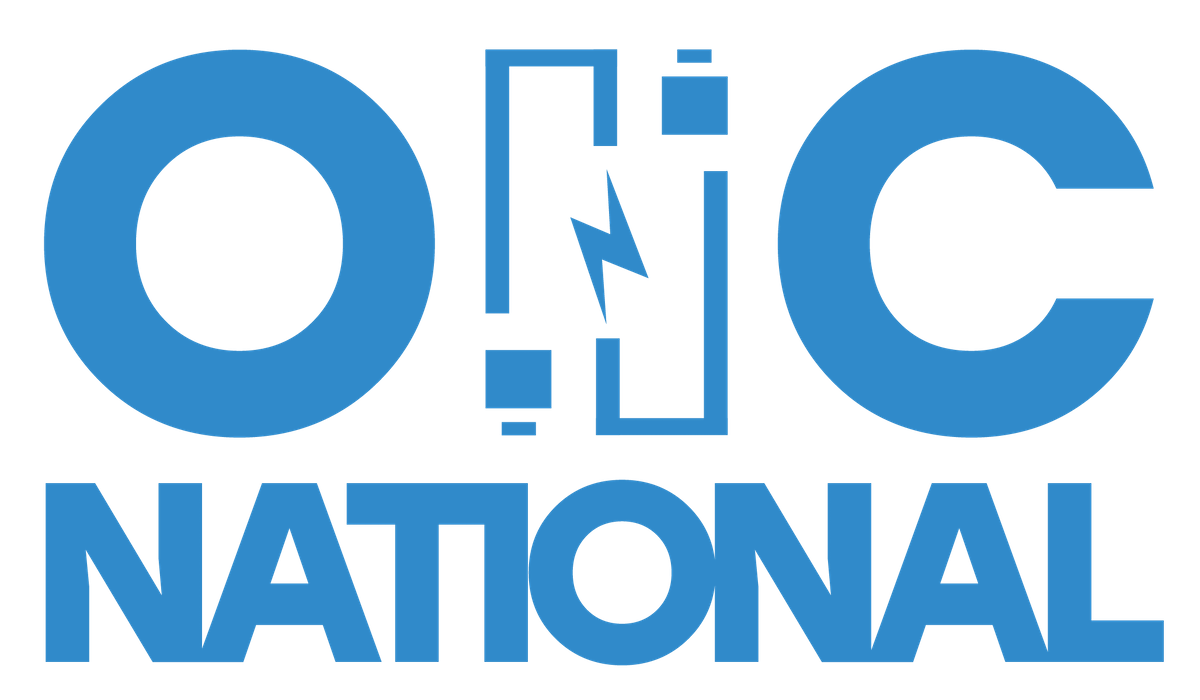How Network Cabling Affects Your Business
In our digital age, it is important to build a strong network infrastructure that gives your business a reliable and secure network to stay connected to your customers, employees, and partners. The foundation of a reliable network connection begins with your network cabling.
Why Your Network Infrastructure Matters
Network infrastructure is the hardware and software resources of a network that makes network connection, business operations, and everyday communication possible. Its hardware includes devices such as routers, switches, LAN cards, network cables, and wireless access points.
A strong network infrastructure provides a strong foundation for your organization. Having your network infrastructure properly built and installed will increase your network’s performance and connectivity. The more connected your organization is, the more connected your employees are with one another and with your customers.
An unreliable network can have adverse effects on your organization, such as unplanned outages and increased downtime, resulting in less productivity. Less productivity can negatively impact your bottom-line, increasing costs and reducing revenue. Therefore, it is important to invest in your network infrastructure to help your business grow and adapt in a world where the ways we are connecting with each other are always changing.
How Network Cabling Affects Your Network Infrastructure
Network cables are the hardware resources in your network infrastructure that connect and transfer information between your network devices. Basically, network cabling is the foundation of your network infrastructure as it connects and supports your network and dictates the speed and reliability of your network connection.
Network cabling is also known as structured cabling. Structured cabling ensures your network cables are configured and installed in an organized manner that provides a reliable network connection by reducing interference and increasing your network’s speed. Structured cabling is versatile and allows room for your organization to grow as you add more office spaces and devices.
Since the quality of your network connection relies heavily on your network cabling, it is important to know the different types of network cabling services and how they can help connect your organization.
What Are the Different Types of Network Cables?
Data
Data network cabling provides the backbone of your network infrastructure. It is the copper or fiber wiring in your walls that allows data to be transferred across your devices, including your computers, wireless access routers/points, security systems, and printers. Data network cabling also connects systems, such as POS systems, to make everyday operations run smoothly.
Without data network cabling, network connection would not be possible. If data network cabling is not configured and installed properly, it can be one of your organization’s biggest expenses and can increase downtime and disrupt your workflow.
Voice
Voice cabling is another important component of your network infrastructure. It is the wiring that connects your telephone systems. Whether you are using a traditional analog telephone system or an Internet Phone (IP) system, also known as a VoIP phone, you will need the right cabling configured and installed properly to ensure you have a strong signal that allows you to easily connect with your customers.
Fiber Optic
For voice and data network cabling, you can use Cat 5e, Cat 6, and fiber optic cables. Cat 5e and Cat 6 are ethernet cables made up of copper. Fiber optic cables are made up of bundles of optical fibers surrounded by plastic or glass that transmit light through its core.
Because fiber optic cables use light rather than electricity to transmit signals, they provide higher bandwidth, can transfer data across long distances, and are less likely to experience interference compared to networks wired with traditional voice and data network cabling.
Since fiber optic cabling is great for transmitting data across long distances, they are ideal for spaces such as large office buildings with multiple floors and warehouses. Fiber optic cabling can also be used to wire telecommunications closets, which contains the wiring for your network systems and devices.
Need help choosing the right network cabling for your project?
With technology constantly changing, you might be confused about what type of network cabling is right for your business. Connect with us and discover how we can help make confident decisions about your network services.


